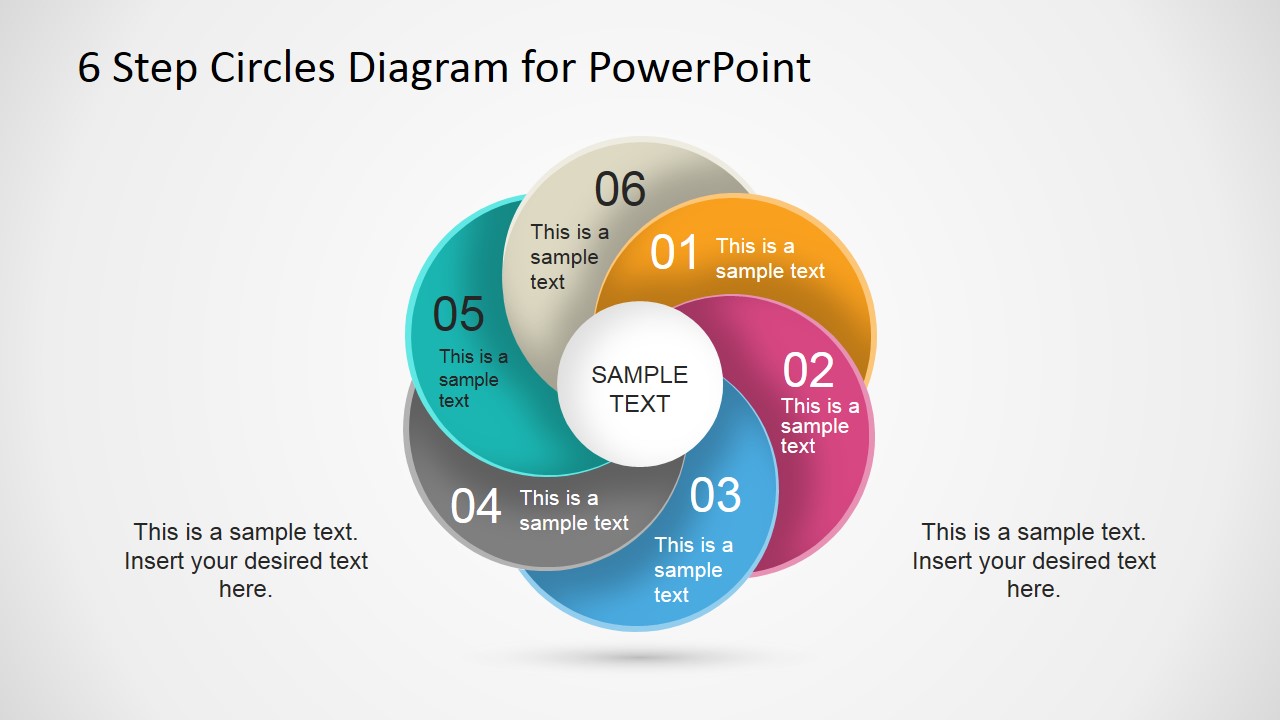What is graphic design solutions? Cutting-edge concepts, an elegantly illustrated text, and a dazzling array of award-winning design work that make the third edition of the bestselling best-selling book among readers of all ages one of the most popular professional design books in the world. In “Graphic Design Solutions,” author Paula S. Herman discusses a number of innovative techniques used in modern-day graphic design, from concept to finished product. The book covers everything you need to know about design theory and the creative process, as well as numerous examples of real projects from professional designers. Illustrations and diagrams in the book provide a wealth of design inspiration, from logo creation and concept development, to concept development and brand identity development, to color coordination and learning digital media tools.
What is graphic design solutions? Following the principles laid out in the text, the majority of the book’s pages are devoted to detailed research and examples of design work, demonstrating how simple concepts are created into visually arresting works of art. Herman begins each chapter with a brief description of key terms, including a brief definition of design styles and jargon. She then goes on to briefly examine the basic elements of graphic design, providing an introduction to typography and detailing the different types of layout. The next chapter focuses on creating images, with a detailed look at the different types of media and software available for creating photographs and illustrations.
The final chapter of What is Graphic Design, Solutions focuses on business communication, with the introduction of a case study on the Nike Message Bus. The text describes how such a project was undertaken, the methods and principles used, as well as the results. Following the critique of the Nike Campaign, the final chapter of the book looks at what else can be done using graphic design. Following the examples found throughout What is Graphic Design Solutions, the reader will have a clear understanding of not only the principles behind graphic design but also have a general knowledge of the different design tools and software available.
What are the 12 steps of the design process?
Designing, building, and maintaining a website can be a complicated process. This is because the different components and stages involved in web design are often very broad and vague, making it difficult to keep track of deadlines, budget, and the whole flow of the whole project. However, like any other project, there are many things that you have to follow, which will help you successfully make the design as beautiful as possible. In this article, I will discuss the 12 steps of the design process, which should help you become more organized, project-oriented, and successful while designing your website.
The first step is planning. This includes deciding on what you want your site to achieve, what kind of design you want to achieve, and what resources you have at your disposal. Each step in the planning stage will lay the foundation for what will happen in the other stages, and it is important that you have an idea of how everything will fit together before you begin. Also, this stage will let you know the exact task you need to do, and it will give you a good idea of the scope of your project.
The second step in the process is designing. In this step, you start with the sketch or the drawing of your layout. It is very important for you to have a clear vision of the end product, so when you go back to this step, you will be able to focus more clearly. At this point, the design of the site will start to take shape, and you will be able to add the elements that will complete it. Finally, you can start to proofread your work, edit it if necessary, and finally submit your site to the various service providers and websites.

What are the six steps in the design process?
The Six Steps in the Design Process is one of the most commonly asked questions for all designers, both young and old. It is also one of the most misunderstood. The first step to be aware of is that a design process is not a set sequence of events, but rather a process of discovery.
It is a collaborative effort between the designer and client. And the very essence of the work done through the design process, the fact that it is a collaborative work, means that it requires the participation of many other people. This includes managers and staff at all levels of an organization. The design itself cannot be viewed as a monolithic entity that exists independently from the rest of the process, and it needs the input and participation of many more individuals before it can ever come to fruition.
To this end, a designer should never be afraid to consider and listen to feedback. A client can often tell you more about his project than you yourself do, and a good designer will take this into account while designing the final product. And the most important thing of all – a client is looking for someone to understand his vision and convey it to him in the best possible way. You therefore need to have a broad understanding of what a client expects, and how he perceives the finished design.
